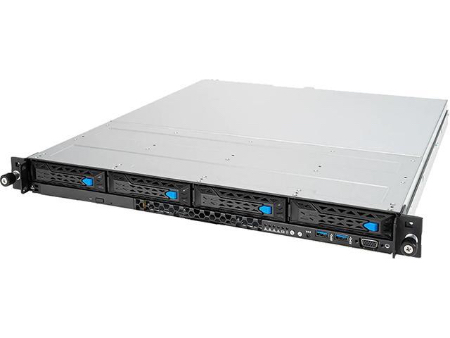Advanced Clustering Technologies > ClusterVisor > Key Features > Installment Options
Installation Options
When delivered via an appliance, ClusterVisor has major advantages over the other option - installation on the head node.
Installation choices
There are two options for how to install ClusterVisor:
Head node
-
Traditional approach
-
Head node user for cluster and user logins
Appliance
-
Dedicated system for managing cluster
-
Easy disaster recovery
-
Simple to manage and update
Why an appliance?
When ClusterVisor is delivered via an appliance, it has a couple of major advantages:
- The appliance comes pre-installed from Advanced Clustering, making deployment easy.
- All ClusterVisor appliances come installed the same way, making replacements and updates simple.
- Full warranty and advanced replacement services from Advanced Clustering while you have active ClusterVisor licenses.
- If you have a hardware problem, a new one will be shipped overnight to you.
- The appliance holds images for your entire system, making it a great disaster recovery solution.
- Easily reimage/reinstall not only your compute nodes, but your login, head or storage nodes as well.
- Running an appliance helps isolate administrative processes because the appliance is an admin-only device.

What is the appliance?
The ClusterVisor Appliance is a dedicated 1U server with redundant power for running ClusterVisor for HPC systems. The standard appliance can easily support 100s of nodes.
The appliance runs a minimal locked down operating system based on Rocky Linux 9 with a dedicated management web GUI and command line interface.
All of your customer-specific data is stored on removable drives in front of the chassis.
In the rare chance there is a failure, you can remove the drives and install them in a replacement system, and you’re up and running again in no time.
The ClusterVisor Appliance comes at a much lower cost compared to standard head nodes. It runs all the essential services needed to make your cluster function: like DHCP, DNS, PXE, LDAP, node provision, monitoring and alerting.
How is the Appliance configured?
The appliance comes with multiple network interface ports. The suggested configuration is to use one port to connect to your corporate or university network, the other to connect to the internal private cluster ethernet network.
This provides a system a administrator access to the cluster even when login nodes or head nodes are not functioning. This extra access point makes it easier to diagnose and solve these kind of problems.
